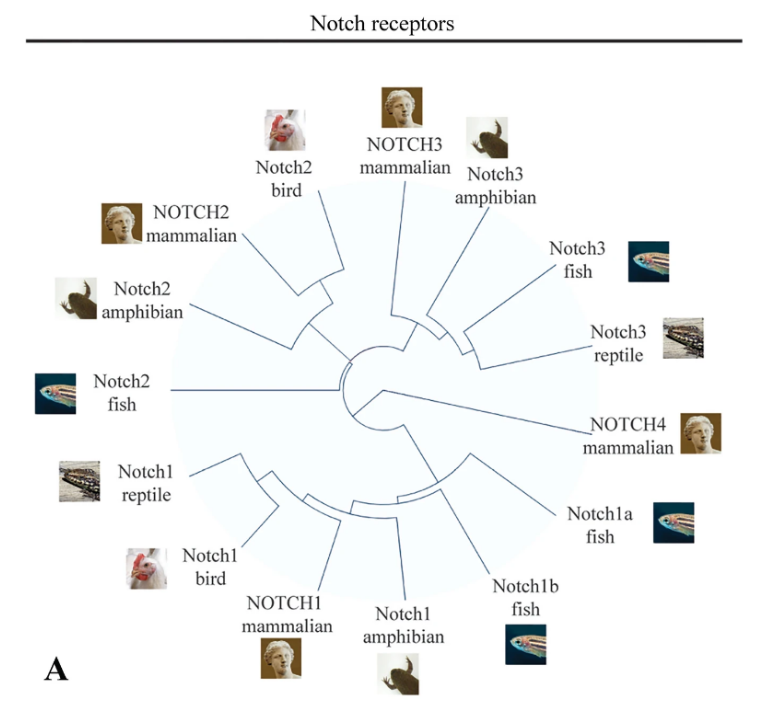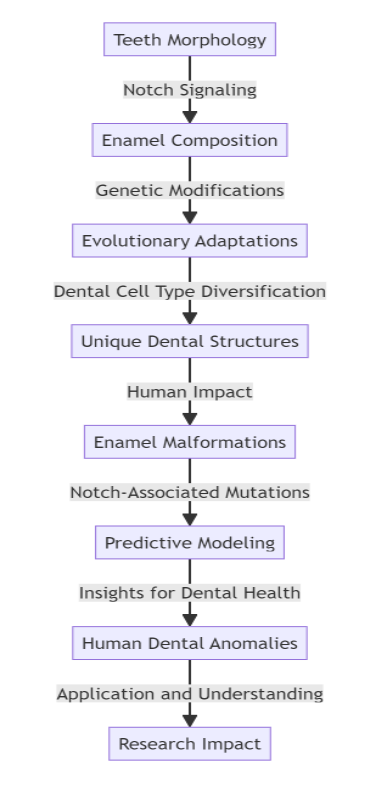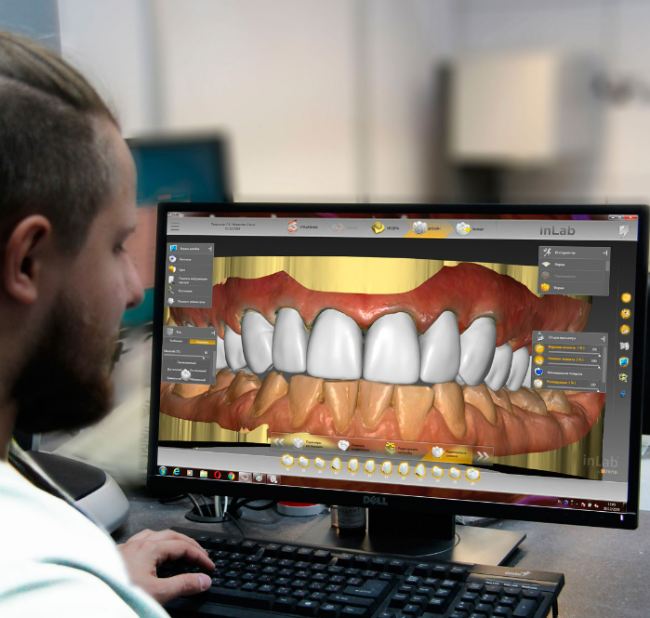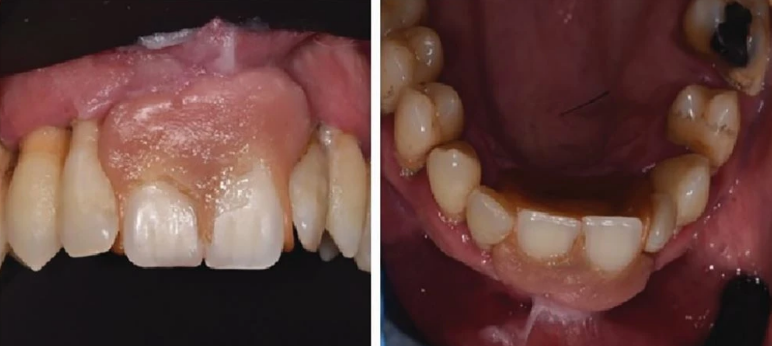Unraveling Evolutionary Mysteries: The Notch Pathway’s Role in Shaping Teeth and Enamel
In the quest to understand the intricate details of mammalian evolution, researchers often turn to the analysis of teeth, the remarkably well-preserved remnants of ancient skeletons. These dental fossils provide crucial insights into the speciation events that have unfolded over the span of 200 million years. This article delves into a groundbreaking study conducted by the Center of Dental Medicine at the University of Zurich, revealing the pivotal role played by the Notch pathway in shaping teeth and influencing enamel composition during the course of evolution.
The Notch Pathway: A Genetic Architect of Evolution
The Notch pathway, an ancient and evolutionarily conserved signaling mechanism, emerges as the key gene network responsible for orchestrating changes in tooth shape and enamel composition. This pathway, known for controlling cell-fate decisions and morphogenesis in various organs, including teeth, showcases its indispensable role in the evolution of dental structures.
Unraveling Mysteries with Genetically Modified Mouse Models
The research team, led by Professor Thimios Mitsiadis, employed genetically modified mouse models to dissect the effects of Notch-ligands on teeth. The absence of these ligand molecules resulted in significant alterations in tooth morphology and enamel formation. The study identified a cascade of morphogenetic genes affected by the absence of Notch-ligands, highlighting their crucial role in the evolutionary process.
Notch Signaling: A Catalyst for Dental Cell Type Diversification
The research team’s findings propose a fascinating hypothesis: the evolution of teeth depends on Notch signaling to generate new dental cell types from existing primitive ones. This process enables the formation of complex and unique dental structures, such as the intricate tooth enamel observed in mammals.
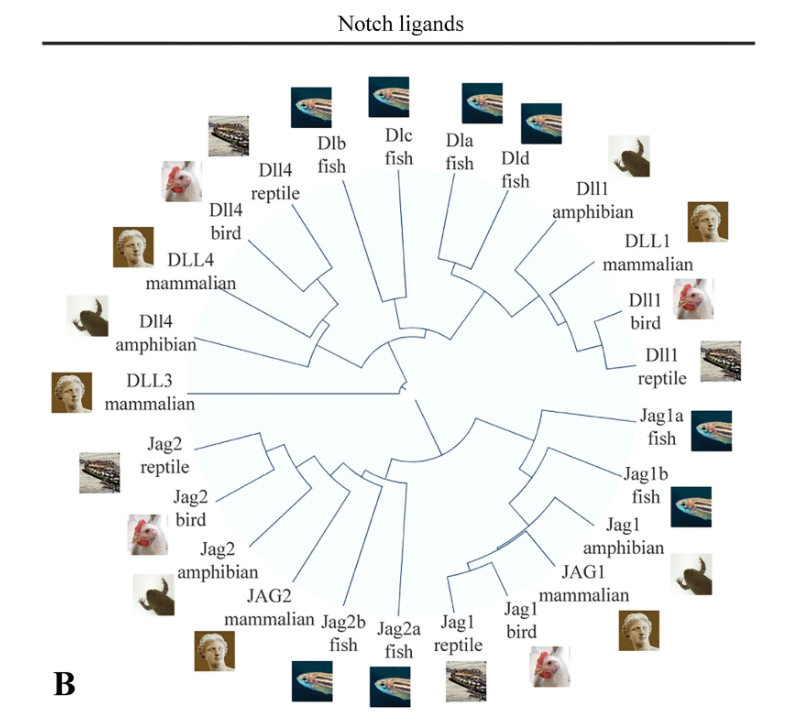
Overview of notch receptors and ligands among vertebrates. A circular phylogram (guide tree) obtained from the alignment of protein sequences (clustalw) of notch receptors from five selected vertebrate species. B circular phylogram (guide tree) obtained from the alignment of protein sequences (clustalw) of notch ligands from five selected vertebrate species. Notice that connections indicate sequence similarities as determined from multiple alignment (5 iterations) and do not necessarily imply phylogenetic relationships. Fish: danio rerio (zebrafish); amphibian: xenopus tropicalis (western clawed frog); reptile: podarcis muralis (common wall lizard); bird: gallus gallus (chicken); mammalian: homo sapiens (human)
Implications for Enamel Malformations in Humans
The correlation established between Notch molecules and the generation or maintenance of distinct dental cell types opens new avenues for understanding enamel malformations in humans. Deregulation of Notch signaling initiates the suppression of specific dental cell types acquired during evolution, leading to enamel malformations and morphological alterations in teeth.
Predicting Human Impact: Notch-Associated Mutations
Professor Mitsiadis concludes that modeling these evolutionary changes allows predictions of how Notch-associated mutations in humans could affect the morphology and enamel of their teeth. This insight holds significant implications for understanding and potentially addressing dental anomalies in the human population.
Conclusion
In unraveling the mysteries of mammalian evolution, the Notch pathway emerges as a central player in shaping teeth and influencing enamel composition. This research opens new doors for understanding the genetic underpinnings of dental evolution, offering valuable insights that extend beyond the realm of paleontology into potential applications for human dental health.
This comprehensive overview sheds light on the intricate relationship between the Notch pathway and the evolution of dental structures, providing a valuable resource for researchers, practitioners, and enthusiasts alike.
Sources
- ScienceDaily – How the evolution of tooth enamel tissue unfolded 27 June 2023
- Springer Link – The Notch-mediated circuitry in the evolution and generation of new cell lineages: the tooth model 18 June 2023






